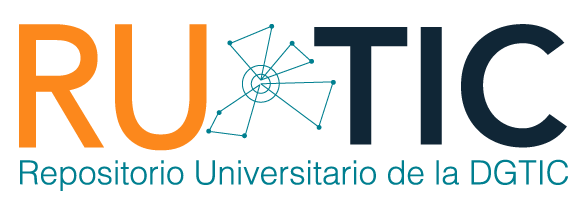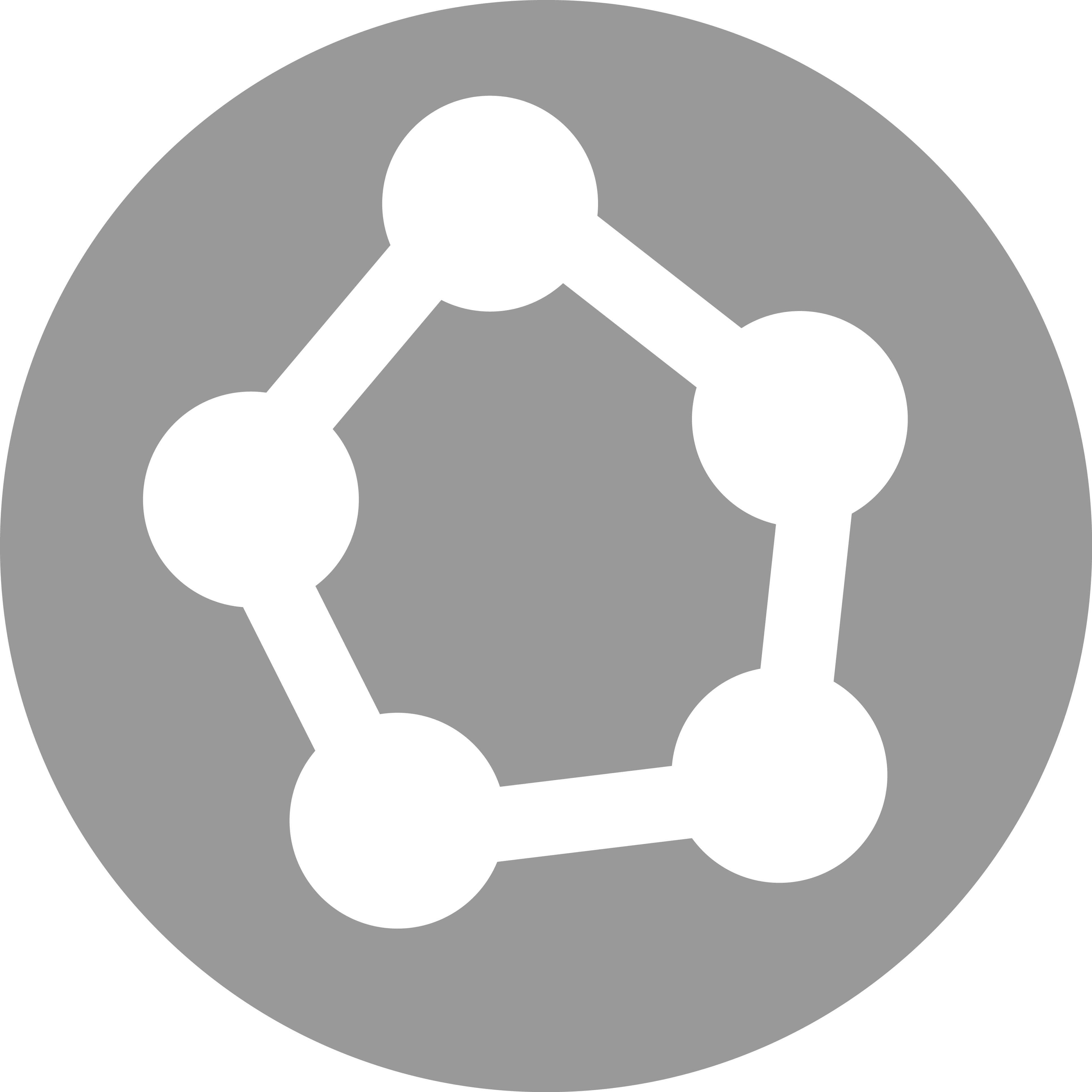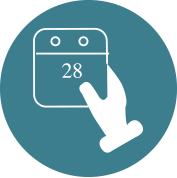| dc.coverage.spatial | MX | |
| dc.date.accessioned | 2018-06-28T04:29:48Z | |
| dc.date.available | 2018-06-28T04:29:48Z | |
| dc.date.issued | 2000-10-01 | |
| dc.identifier.uri | https://ru.tic.unam.mx/handle/123456789/745 | |
| dc.description | Artículos | |
| dc.description.abstract | Actualmente las técnicas de selección adaptable de funciones se han vuelto muy populares, y por esa razón se han desarrollado una gran variedad de éstas, entre las cuales se puede mencionar a las más recientes: "Matching Pursuit", "Basis Pursuit" y "High Resolution Pursuit". Los modelos de codificación de imágenes presentados en este trabajo son producto de una búsqueda de aplicaciones de las técnicas de selección adaptable, del estudio de los efectos que produce la cuantización al introducirse dentro de estas técnicas, de los métodos y modelos tradicionales de compresión y de las medidas de calidad más comunes que se emplean para la evaluación de resultados en el análisis y procesamiento de imágenes | es_MX |
| dc.description.abstract | At present, adaptive approximation techniques have become very popular; in consequence, many of them have been developed recently, such as Matching Pursuit, Basis Pursuit and High Resolution Pursuit. The image coding models presented in this work are the result of an extensive research related to adaptive approximation techniques, quantization effects in these techniques, traditional compression methods and the most common image quality criteria. Besides, adaptive approximation techniques involve some factors, which need a deep study such as the dictionary to employ and the algorithm stop criteria. Proposed models expand an image over an overcomplete dictionary, such dictionary has been selected according the results presented and published in previous works. From such expansion, by adaptive approximation techniques such as Matching Pursuit and High Resolution Pursuit, the coefficients corresponding to the most important image structures are selected. This selection is done by a similarity measure. Selected coefficients are quantized just when they are chosen in order to avoid bigger error propagation during the process that when quantization is done at the end of the process. The set of selected coefficients is an "optimal" image decomposition, or a new representation with a reduced quantity of elements. This new representation corresponds to a coded image with a low bit rate. Selected atoms are represented by the parameters set, such parameters depend of the model employed. A sorting process and a traditional compression technique is applied to this set in order to get an effective compression. By a simple reconstruction algorithm we recover the original image with an expected visual high quality subject to evaluation. At the end, we perform such evaluation by PQS (Picture Quality Scale) and the most common criteria of objective quality | en |
| dc.format | html | |
| dc.format.extent | 223.3 kb | |
| dc.language | spa | |
| dc.publisher | Universidad Nacional Autónoma de México. Dirección General de Cómputo y de Tecnologías de Información y Comunicación. Revista Digital Universitaria | |
| dc.relation.ispartof | http://www.revista.unam.mx/indexsep00.html | |
| dc.rights | openAccess | |
| dc.source | Revista Digital Universitaria (1607 - 6079). Vol. 1, No.2 (2000) | |
| dc.subject | Plantilla coincidente (Procesamiento digital de imágenes) | |
| dc.subject | Procesamiento de imágenes -- Técnicas digitales | |
| dc.title | Selección adaptable de funciones y codificación de imágenes | es_MX |
| dc.type | article | en |
| dc.subject.keywords | Codificación de imágenes, selección adaptable, diccionarios, funciones tiempo-frecuencia, "Matching Pursuit", procesamiento de imágenes | |
| dc.identifier.url | http://www.revista.unam.mx/vol.1/num2/art3/ | |
| dc.creator | RODRIGO MONTUFAR CHAVEZNAVA | |
| dc.creator | Francisco García Ugalde | |
| dc.rights.url | http://creativecommons.org/licenses/by-nc-sa/4.0 |
Files in this item
| Files | Size | Format | View |
|---|---|---|---|
|
There are no files associated with this item. |
|||
This item appears in the following Collection(s)
COMPARTE
BÚSQUEDA
Escriba el texto a buscar en DSpace
CONTACTO
El Repositorio Universitario de la DGTIC se edita en la Dirección General de Cómputo y
de Tecnologías de Información y Comunicación (DGTIC), de la Universidad Nacional Autónoma de México (UNAM)
Circuito Exterior s/n, Ciudad Universitaria, Coyoacán, C.P. 04510, México, D.F
Tel: +(52) (55) 56228166 Email: rutic@unam.mx








 ¿Qué es un repositorio...?
¿Qué es un repositorio...? ¿Qué beneficios obtengo...?
¿Qué beneficios obtengo...? ¿Qué tipo de recursos...?
¿Qué tipo de recursos...? Preguntas frecuentes
Preguntas frecuentes